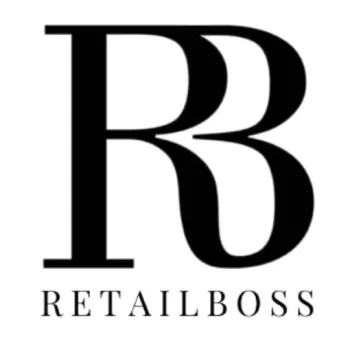The global fast fashion market is expanding rapidly, driven by affordable, trend-focused apparel. The global fast fashion market is projected to grow from $216.71 billion in 2024 to $285.96 billion by 2033, reflecting a 3.1% CAGR, according to a new report by Business Research Insights. This growth, though slower than other apparel sectors, underscores the enduring demand for affordable, trend-driven clothing despite mounting environmental and ethical concerns.
Key Growth Drivers
- Youth Demand: Gen Z and millennials, driven by social media platforms like TikTok and Instagram, prioritize accessibility to rapidly changing trends. Over 60% of fast fashion consumers are under 35, fueling impulse purchases.
- Affordability & Speed: Brands like Shein and Fashion Nova exemplify the sector’s hyper-responsive supply chains, releasing new styles weekly to meet viral trends.
- Global Expansion: Emerging markets in Asia-Pacific and Africa, with growing middle-class populations, contribute to 40% of new revenue streams.
Industry Giants and Strategies
Dominant players like Inditex (Zara), H&M Group, and Fast Retailing (Uniqlo) continue to lead through agile production and vast retail networks. Recent moves include:
- H&M’s AI-driven inventory systems to reduce overstock.
- Shein’s $1.5B IPO bid to expand U.S. and EU market share.
- Primark’s brick-and-mortar dominance with 400+ stores globally.
Challenges and Criticisms
The sector faces headwinds from:
- Environmental Impact: Fast fashion accounts for 10% of global carbon emissions and 20% of wastewater.
- Regulatory Pressures: The EU’s 2025 textile waste directive mandates recycling programs, increasing operational costs.
- Ethical Concerns: Labor practices, particularly in South Asian supply chains, remain under scrutiny.
Market Segmentation
- By Product: Dresses and tops dominate, but activewear and accessories are growing at 4% CAGR.
- By Consumer: Women’s wear holds 65% market share, though men’s and children’s segments are rising.
Future Outlook
While demand persists, brands face a pivotal choice: balance speed and sustainability or risk alienating eco-conscious shoppers. Innovations like recycled materials and rental models are emerging, but scalability remains a hurdle. The report notes that 30% of fast fashion companies now invest in circular economy initiatives to align with Gen Z’s values.

















